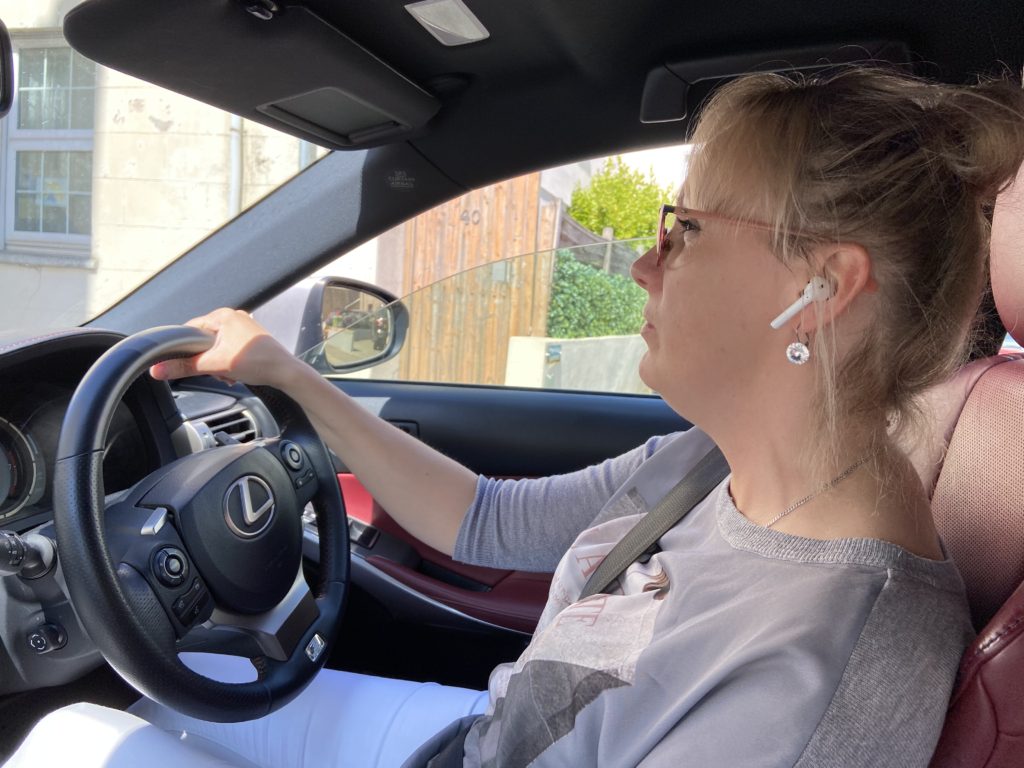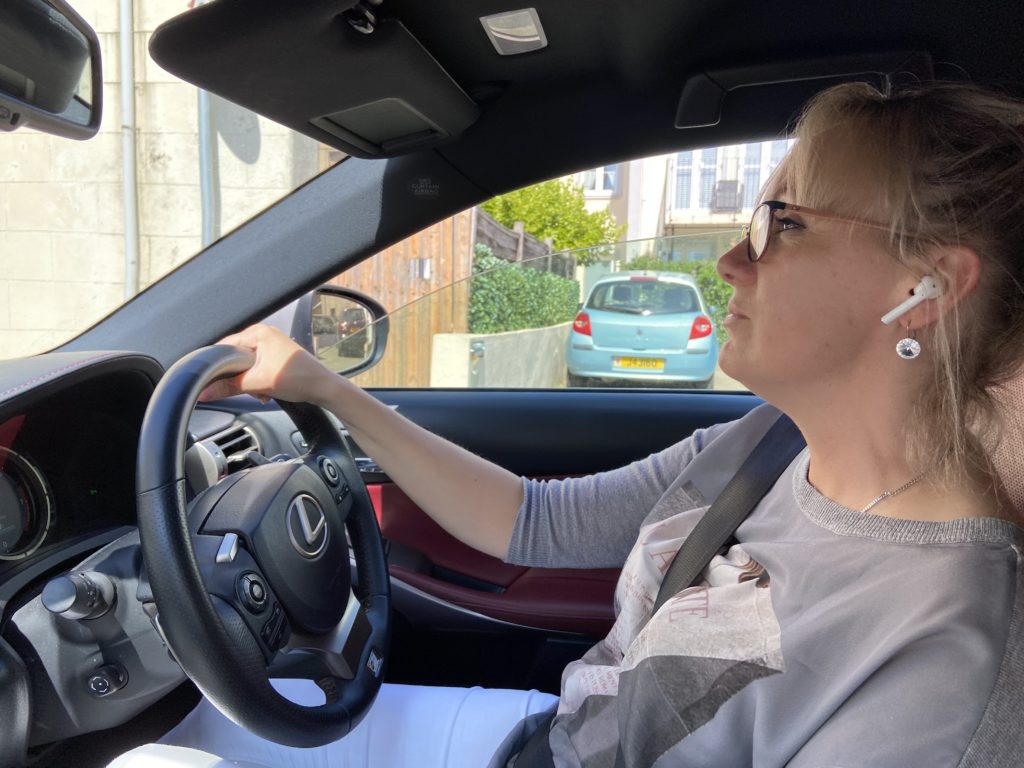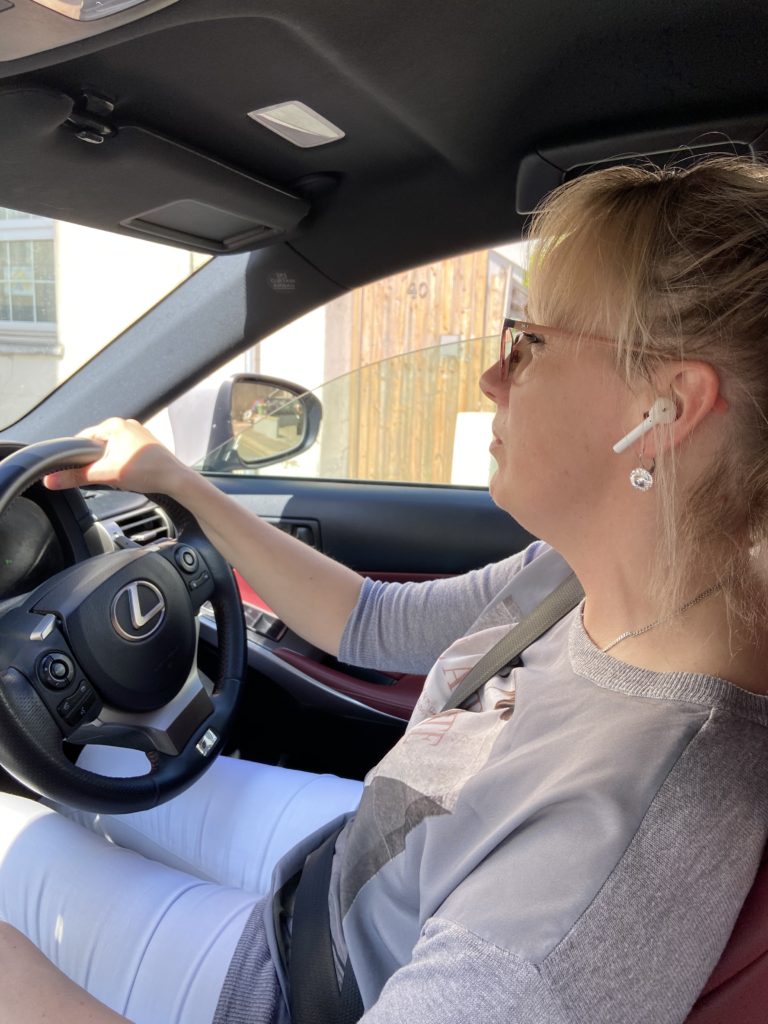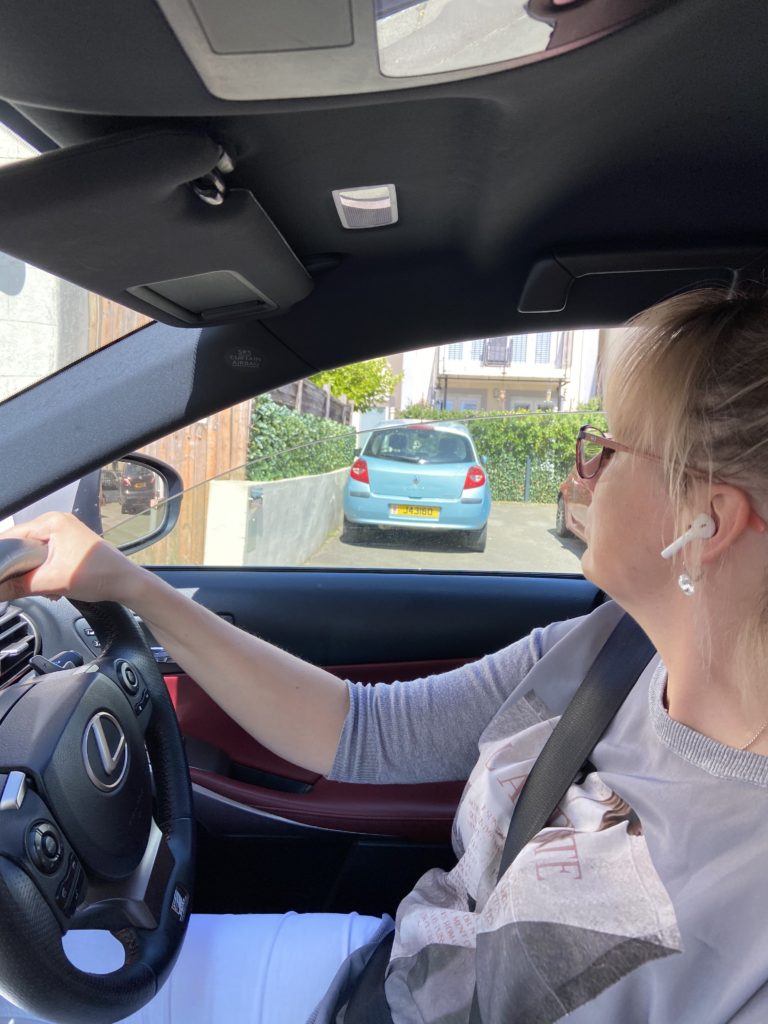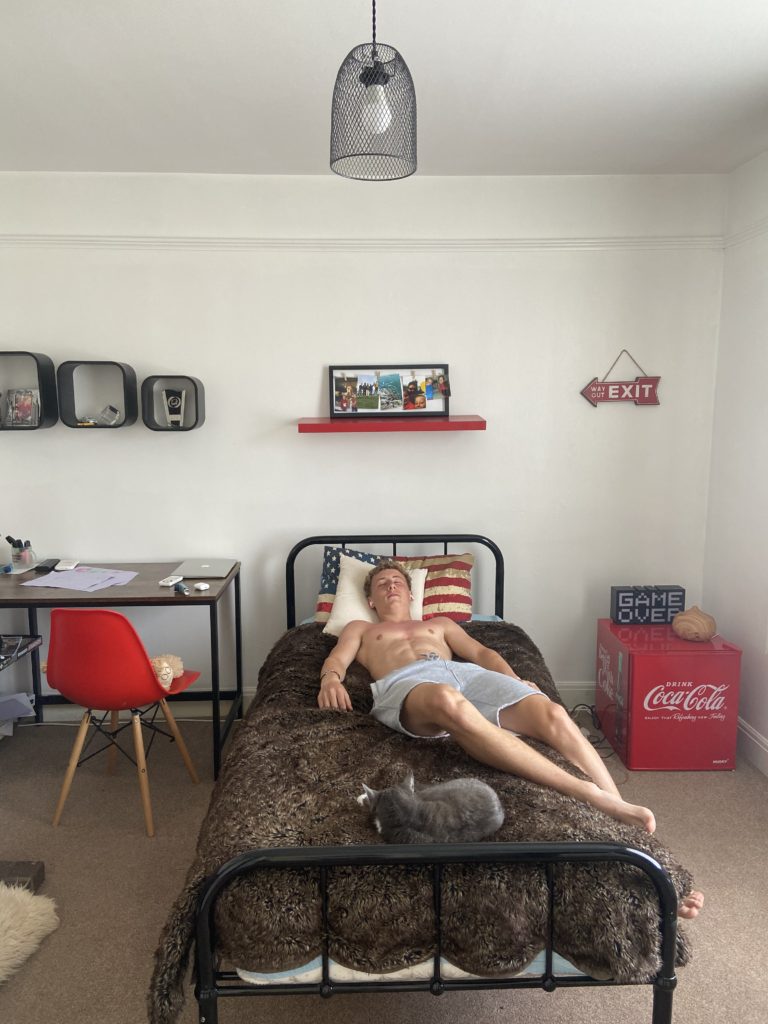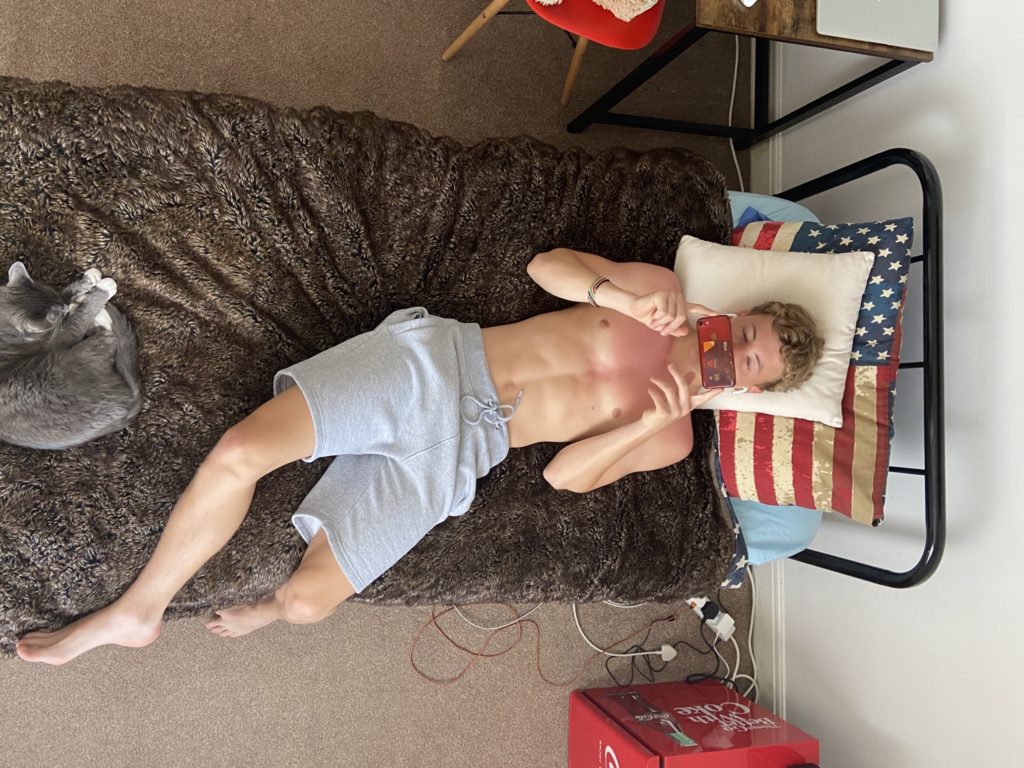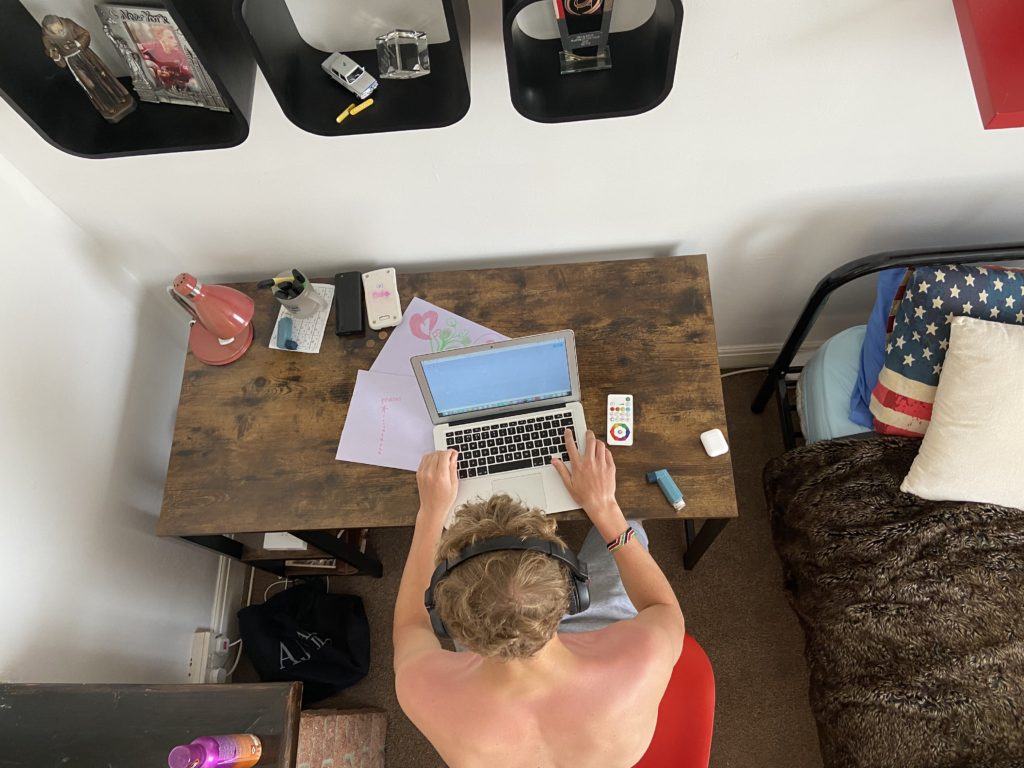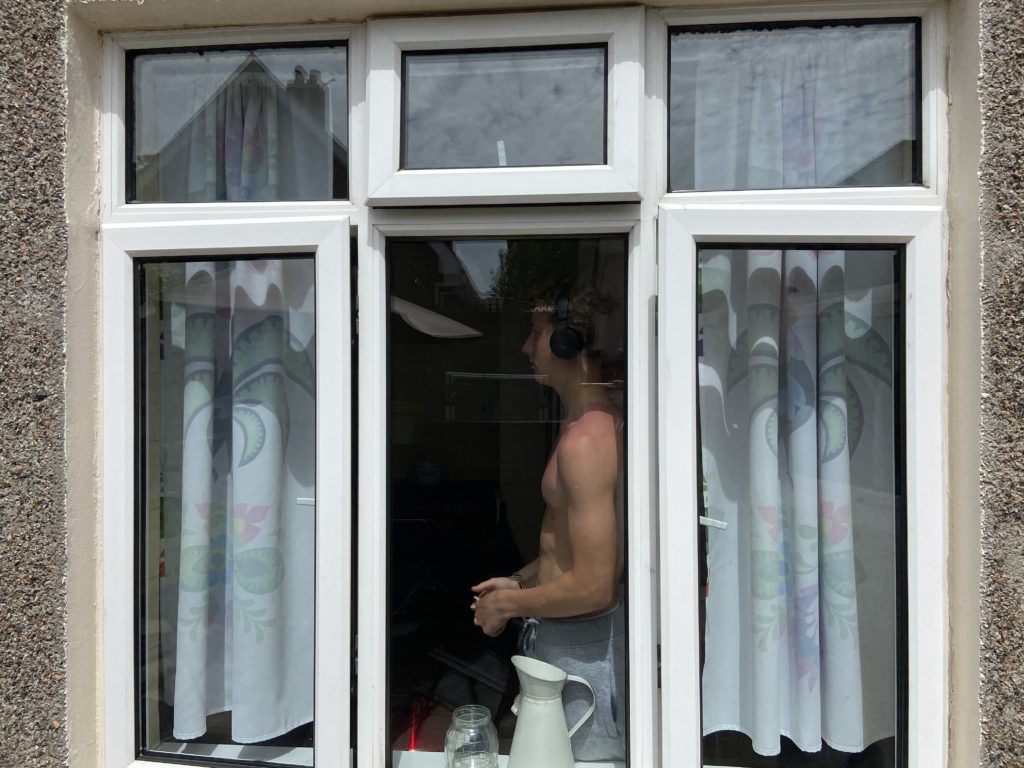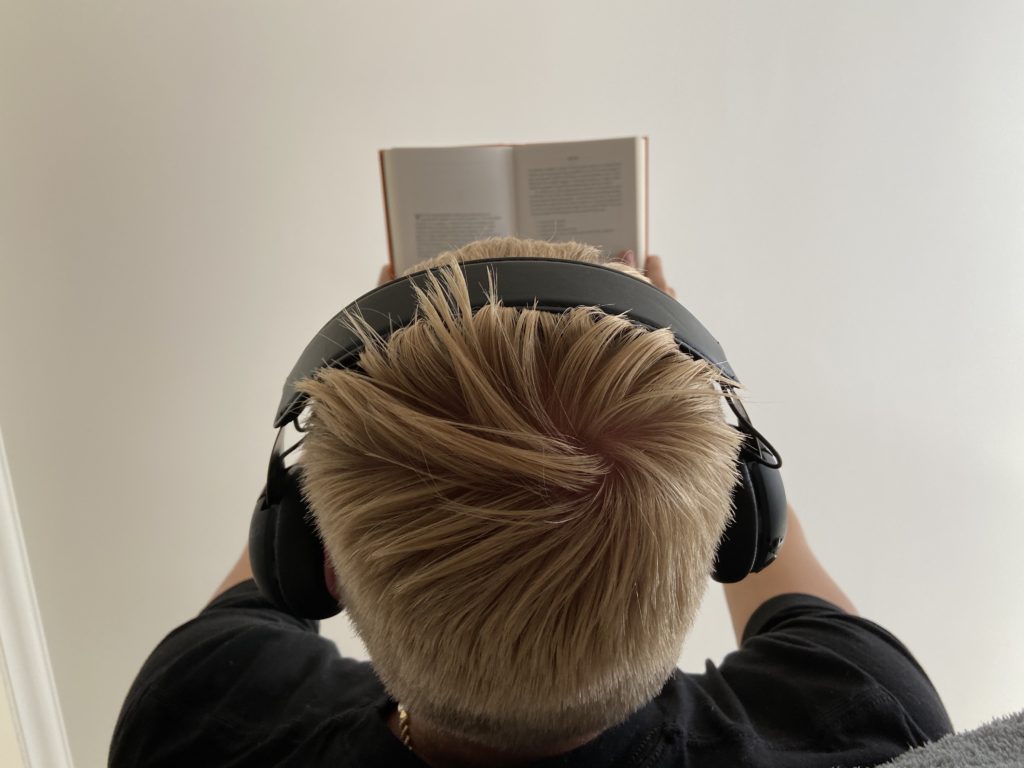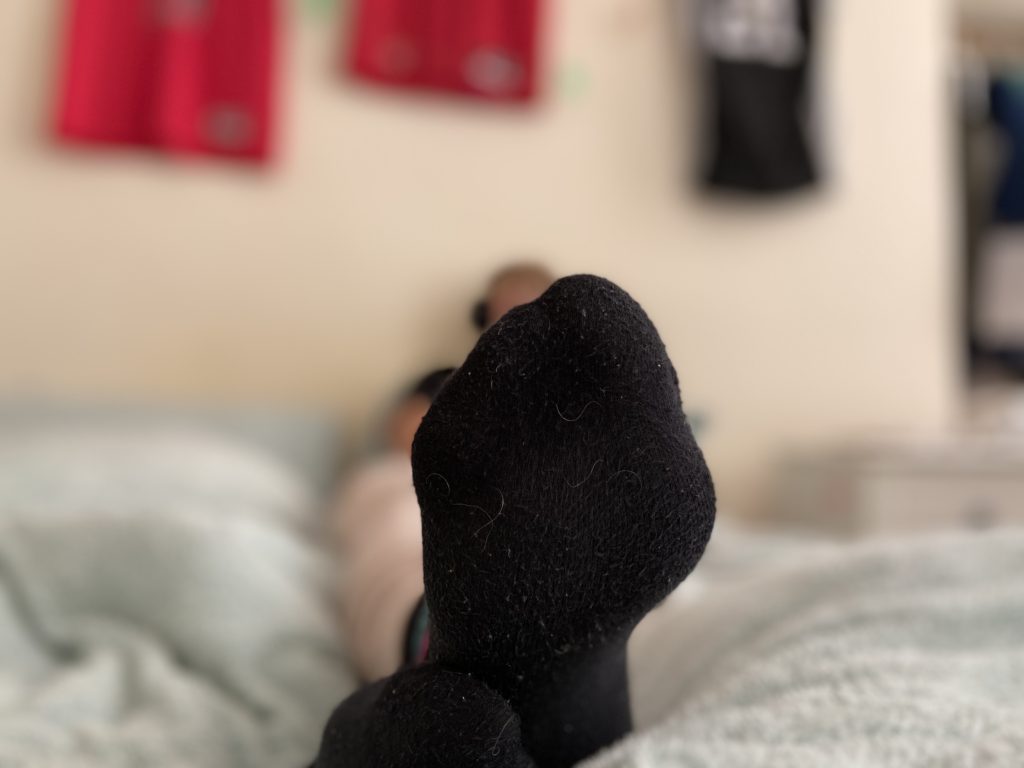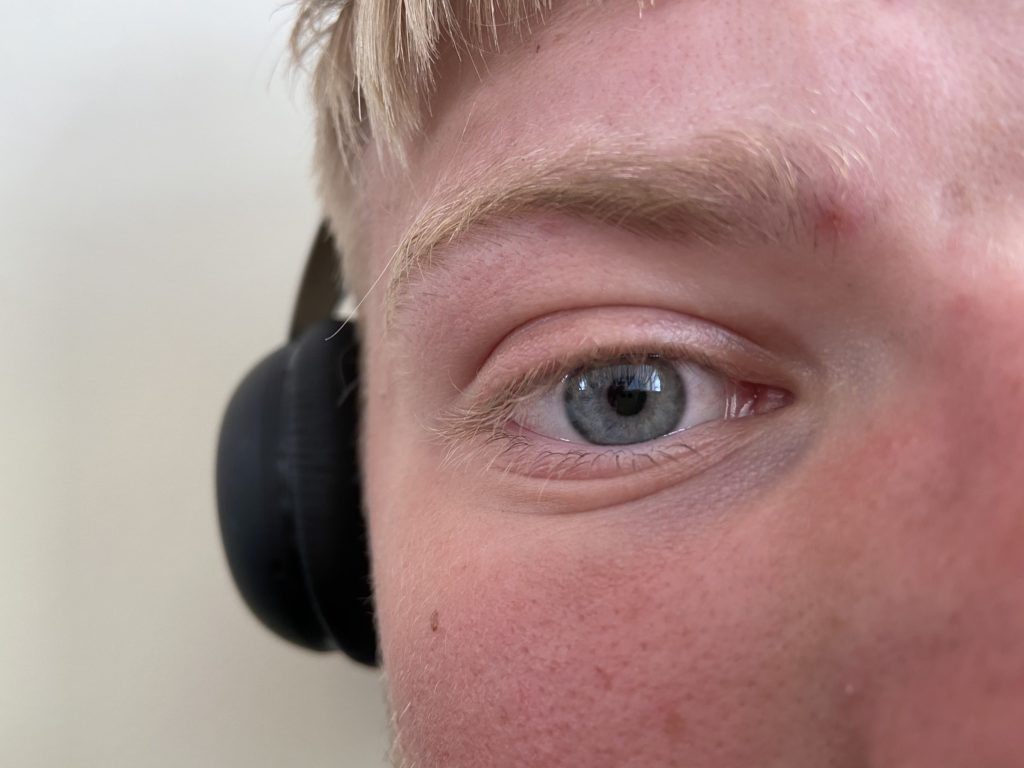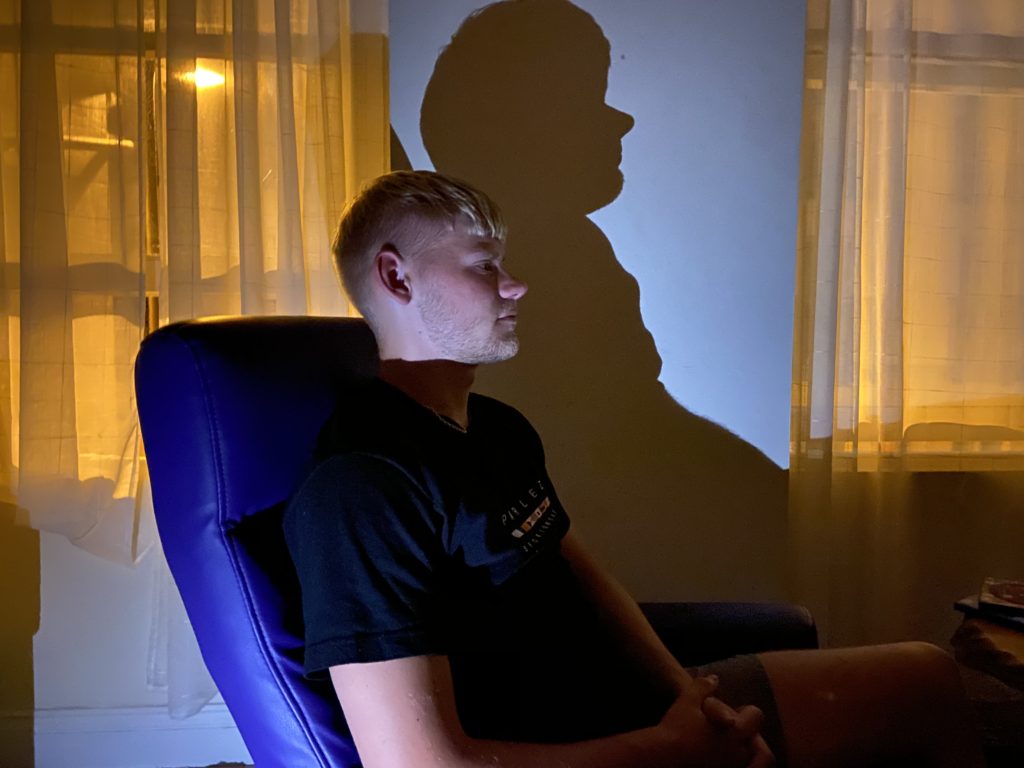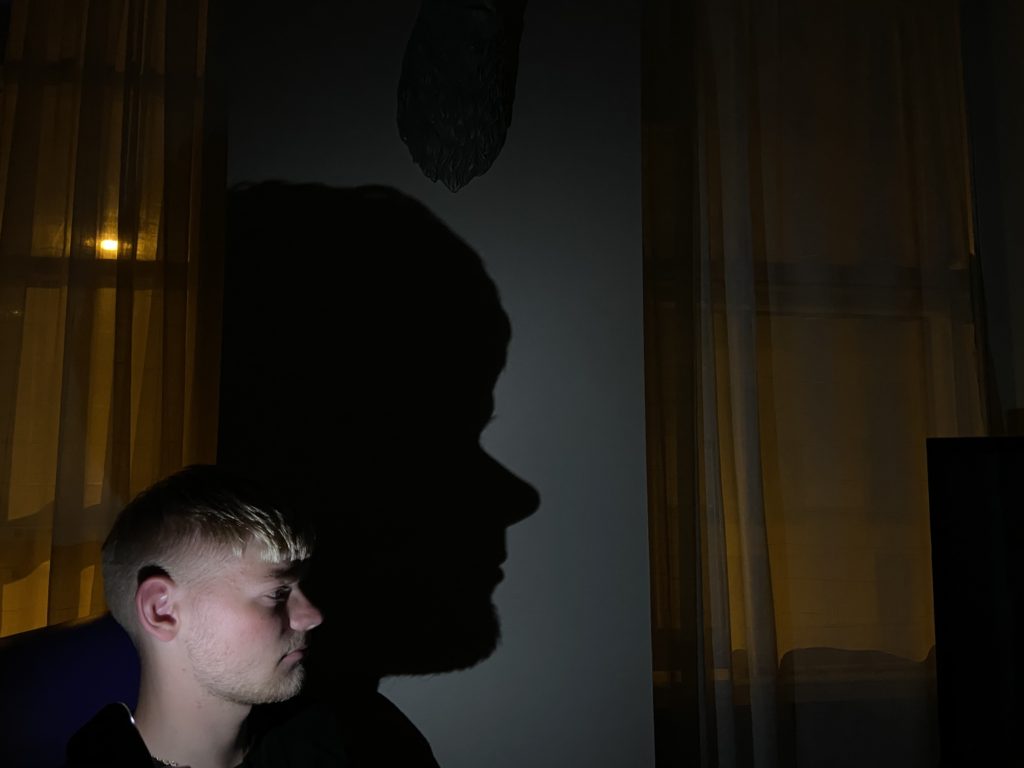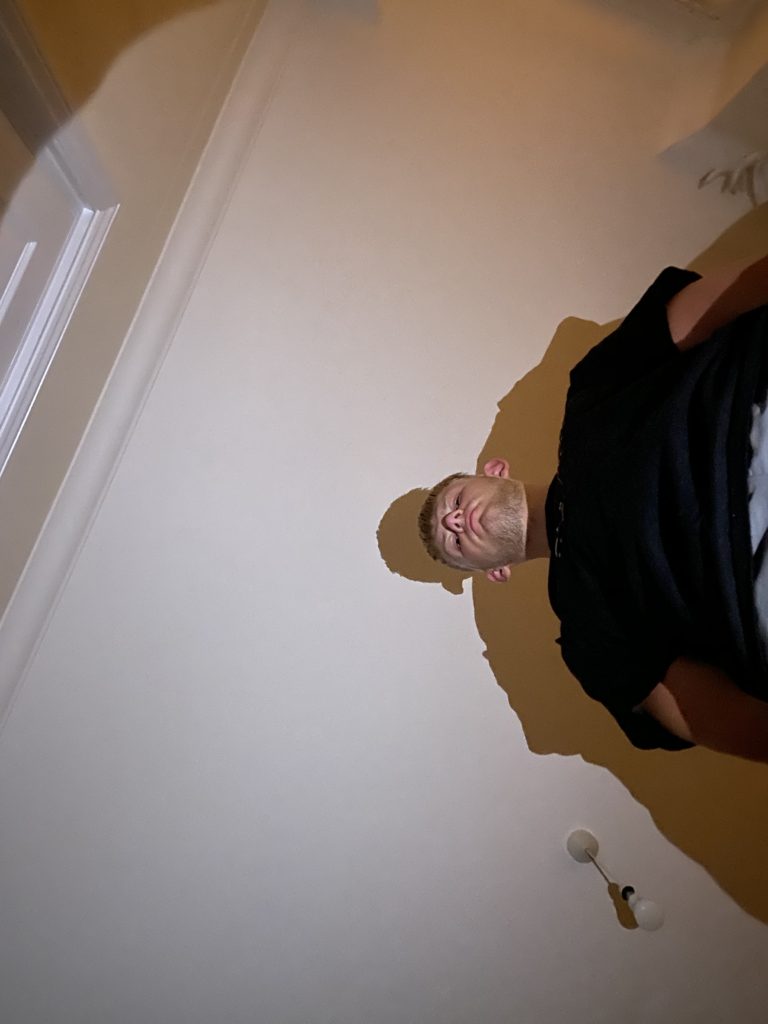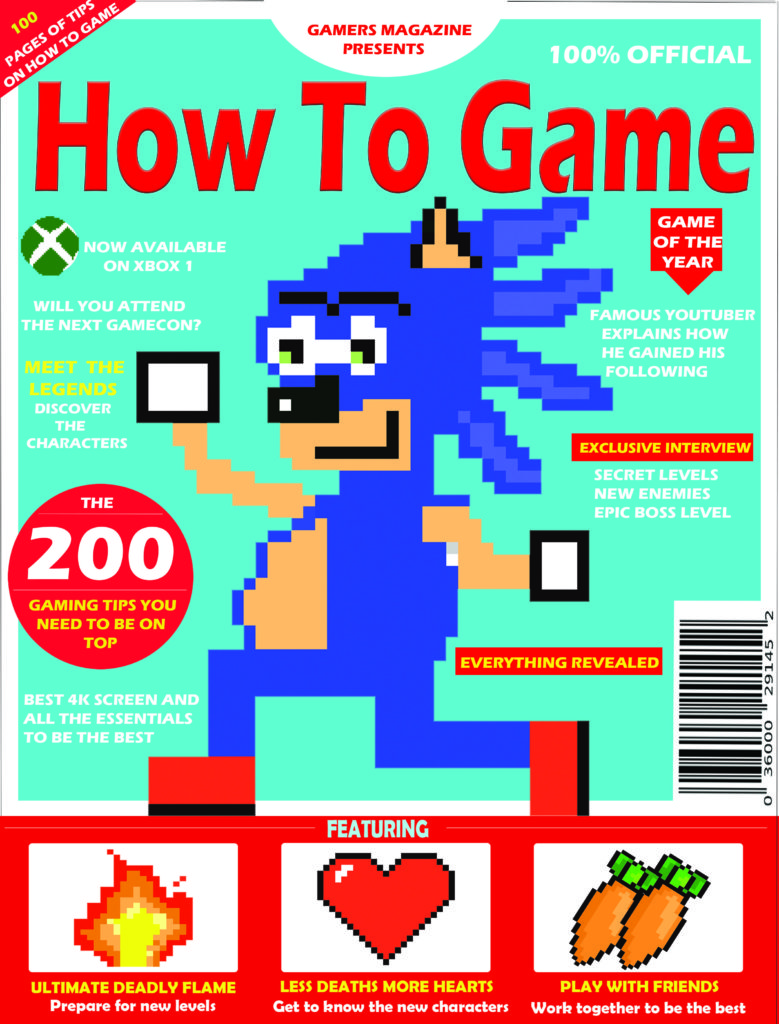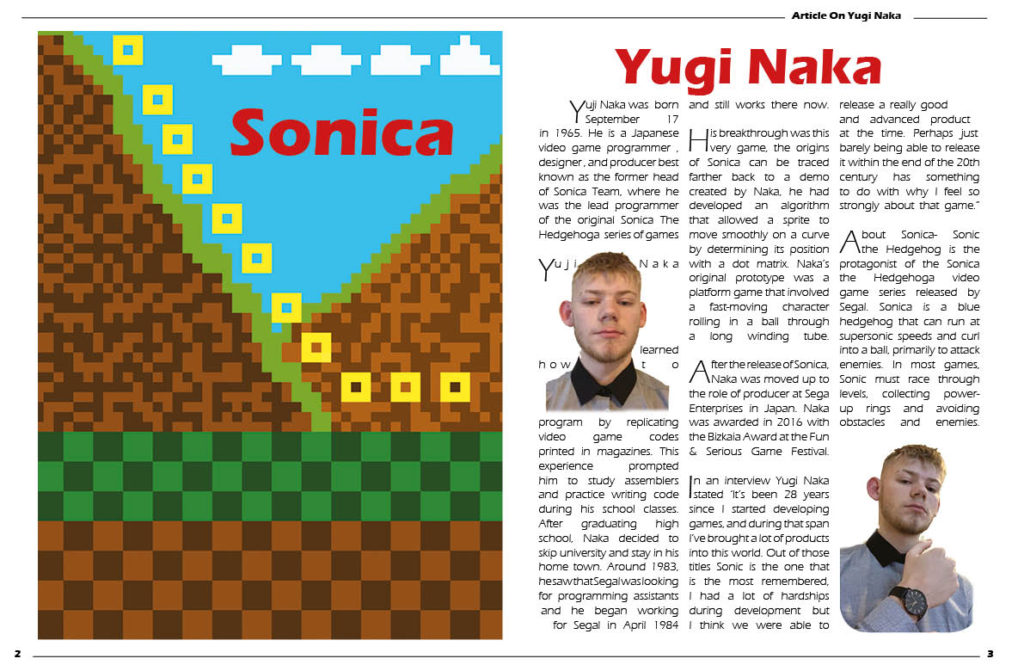Network effect (Theodore Vail) – The network effect is a phenomenon whereby increased numbers of people or participants improve the value of a good or service.
Feedback loop theory (Norbert Wiener) – Feedback loops are therefore the process whereby a change to the system results in an alarm which will trigger a certain result. It’s a procedure that helps businesses respond and address customer issues on the social web. (Predicting what will happen)
Dunbar number (Robin Dunbar) – a theoretical limit to the number of people with whom any individual is able to sustain a stable or meaningful social relationship (usually considered to be roughly 150).
I believe that big business benefit more from a digitally looped society. I think this because of feedback loop theory as we may gain some things from the free network such as fun and escapism but they gain all our personal data and can sned us ads and notifications.
Share – people can share what they see online therefore more people see it.
Circulate – News or media online can circulate and be distributed around easily because of networks.
Re-connect – You can go on and off and keep reconnecting with online platforms.
Live – Available in that moment or later always and constantly available.
Adapt – You can change and adapt new media constantly but can’t do that with old media.
Active and Passive involvement – New media is active because you can always access it and you can do more than just read or look at it once with old media as new media is always changing and has new updates and stories.

